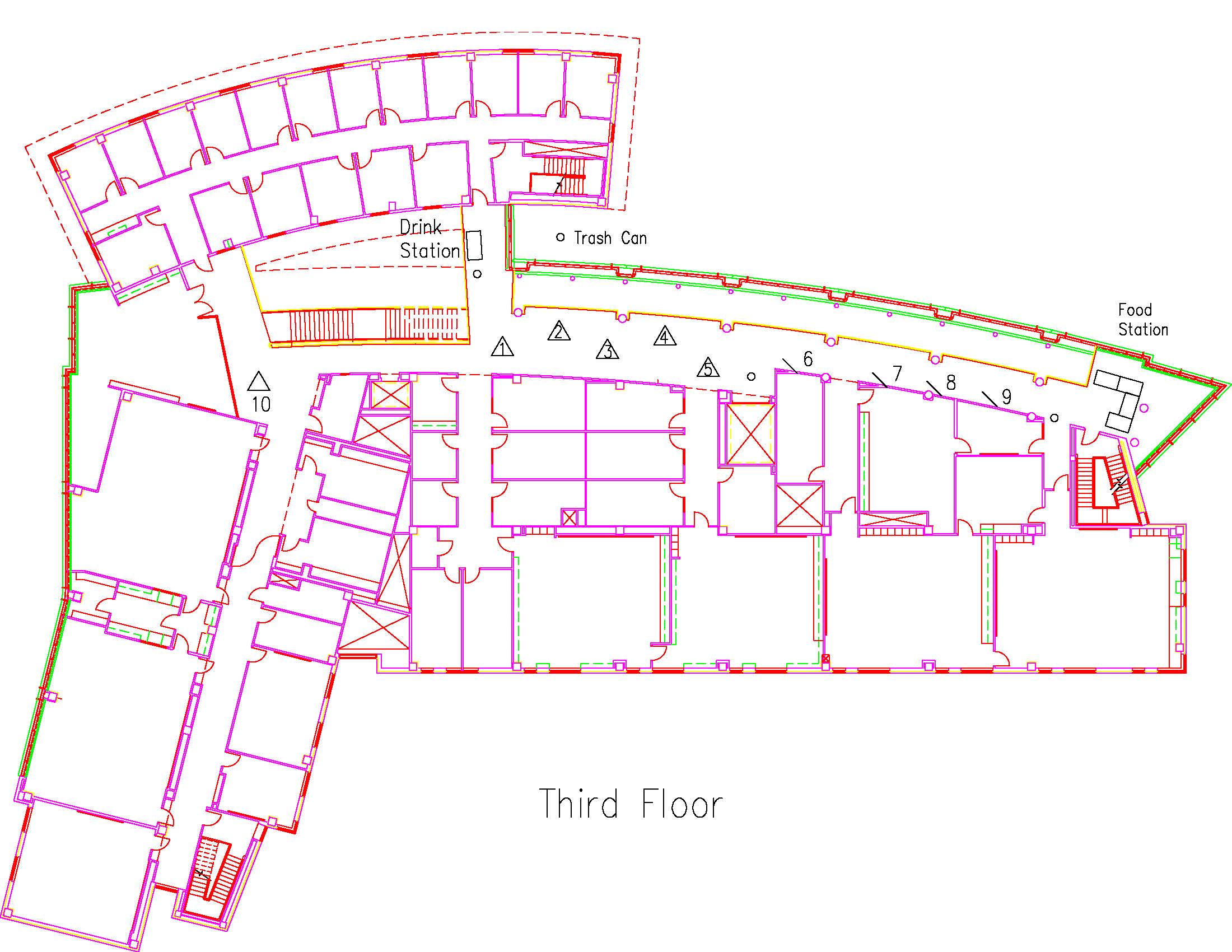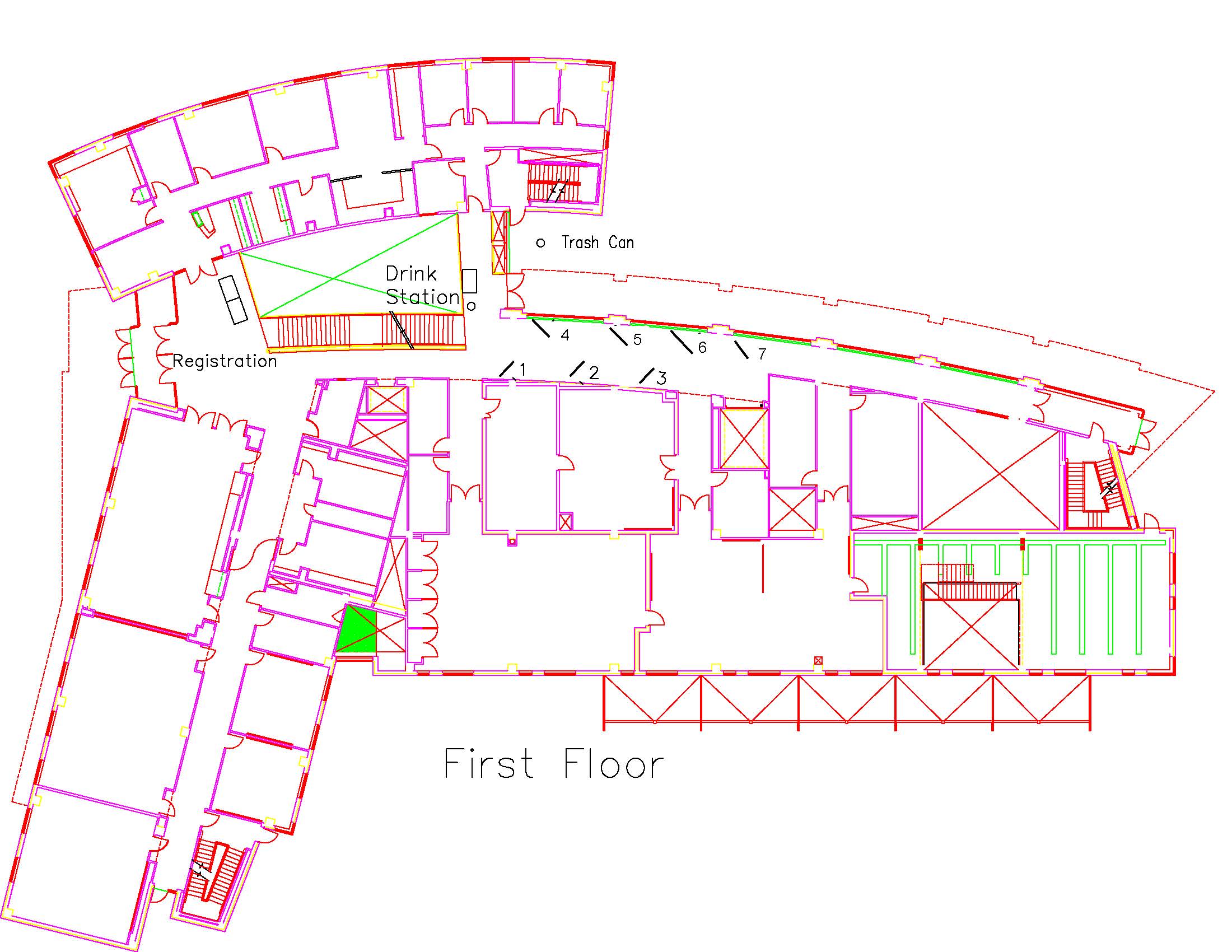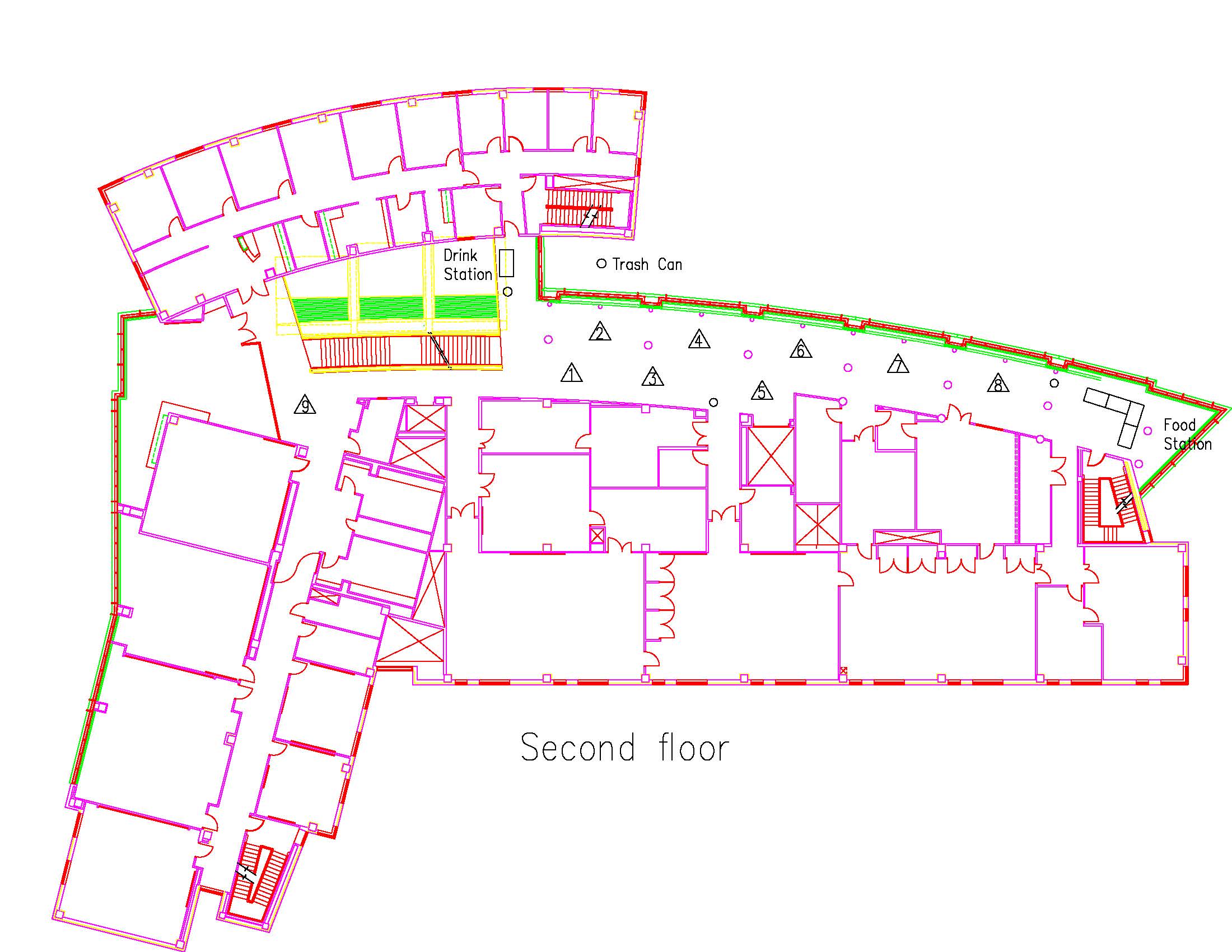CHEM2019PHAM64839 CHEM
Optimization of Tin(IV) Oxide Particles For Improved Performance of Dye-Sensitized Solar Cell
Type: Undergraduate
Author(s):
Bach Pham
Chemistry & Biochemistry
Advisor(s):
Benjamin Sherman
Chemistry & Biochemistry
Location: Session: 1; 3rd Floor; Table Number: 10

View PresentationThe dye-sensitized solar cells (DSSCs) are a possible alternative tool to harvest solar energy instead of the traditional silicon-based solar cells. DSSCs offer various advantages, such as good energy conversion efficiencies in low-light condition, simple fabrication, low cost, and the ability to modify key properties of the solar cell such as the absorbance wavelengths. We are interested in developing new types of semiconductor supports for use in DSSCs based on tin(IV) oxide nanoparticles (NPs). Tin(IV) oxide offers a wide band gap and higher electron mobility as compared with the more widely used titanium dioxide. In this study, two morphologies of tin(IV) oxide, spherical and flower-like NPs, are synthesized. These two types of tin(IV) oxide NPs and mixtures of both at various ratios are used to fabricate DSSCs. We find that nanoflowers usually give the cells higher open circuit voltages but with lower photocurrent. Nanospheres give much higher photocurrent but with lower open circuit voltage. A mixture that has a 1:2 molar ratio of nanoflowers and nanospheres gave the best performance in terms of photocurrent and voltage. Furthermore, we are investigating the effect of a deposited layer of titanium(IV) oxide on top of the tin(IV) oxide to further enhance the photoperformace of the solar cells.
CHEM2019SCHMITT50258 CHEM
The Synthesis of Amaryllidaceae Alkaloid Analogs
Type: Undergraduate
Author(s):
Nate Schmitt
Chemistry & Biochemistry
Adam Montoya
Chemistry & Biochemistry
Advisor(s):
David Minter
Chemistry & Biochemistry
Location: Session: 2; 1st Floor; Table Number: 4

View PresentationAmaryllidaceae isoquinoline alkaloids as well as their analogs have long been of interest as lead compounds in drug discovery due to their range of biological activity. Many of these alkaloids are cytotoxic anti-tumor agents. Moreover, there have also been studies showing the effectiveness of these molecules against yellow fever and other diseases caused by RNA- containing flaviviruses. The study of these compounds as pharmaceutical agents is hampered by their low natural abundance, which necessitates the development of laboratory syntheses of these alkaloids and their analogs.
This project focuses on the total syntheses of the Pancratistatin-type natural products that contain the phenanthridone ring system. In stage one, model systems are being investigated to develop the methodology required to introduce requisite functionality found in natural systems. Previous research from this laboratory gives the basic phenanthridone skeleton with several different functional groups, but there are no reported methods for converting these functions into polyhydroxycyclohexenes with stereochemical control. Two of the problems under investigation involve the ring expansion of a spiro ring containing an epoxide and the production of a specific trihydroxycyclohexene with control of stereochemistry. In stage two, a specific phenanthridone alkaloid will be targeted for total synthesis that uses the new methodology developed in stage one.
CHEM2019SCHWARTZ27386 CHEM
Synthesis and Characterization of N,N,N,-Copper Pincer Complexes
Type: Undergraduate
Author(s):
Timothy Schwartz
Chemistry & Biochemistry
Marianne Burnett
Chemistry & Biochemistry
Akop Yepremyam
Chemistry & Biochemistry
Advisor(s):
Kayla Green
Chemistry & Biochemistry
Location: Session: 2; 1st Floor; Table Number: 2

View PresentationOrganometallic catalysts are useful in many organic reactions by exploiting the Lewis acidity of the metal complex. Most catalysts available rely on precious metals like platinum and rhenium. These catalysts pose a financial and environmental barrier to many scientists. Thus, there is a need for catalysts that use less expensive and toxic metals, such as copper. A library of copper catalysts with different electronic functionalities have been synthesized and characterized by cyclic voltammetry, UV-VIS, NMR, and X-ray crystallography. It was found that the complexes with electron donating groups better stabilize the copper center, when compared to the complexes with electron withdrawing groups. However, the planar characteristics of each ligand makes them unsuitable candidates for copper catalysis because they cannot bind to the tetrahedral geometry of reduced copper. This work warrants the complexation of these ligands with other metals, like nickel or cobalt, to determine their viability as applicable organometallic catalysts.
CHEM2019TA53316 CHEM
DESIGNER SOLVENTS AND MATERIALS
Type: Undergraduate
Author(s):
Daniel Ta
Chemistry & Biochemistry
Onofrio Annunziata
Chemistry & Biochemistry
Christian Chen
Chemistry & Biochemistry
Advisor(s):
Sergei Dzyuba
Chemistry & Biochemistry
Location: Session: 2; 2nd Floor; Table Number: 8

(Presentation is private)Room-temperature ionic liquids and deep-eutectic solvents have become unique and almost indispensible materials for various areas of sciences, medicine and engineering. The ability to engineer media with desired properties favorably distinguishes these solvents from traditionally used molecular solvents.
This poster will describe our ongoing efforts on designing various types of ionic, eutectic systems as well as approaches towards modulating their phase transitions. Studies related to controlling the self-assembly process of various solutes in this type of media will also be presented.
CHEM2019WEGENER47813 CHEM
Can Whiskey have Terroir? Assessing sugar differences after mashing heirloom cereals for Bourbon production
Type: Undergraduate
Author(s):
Kathleen Wegener
Chemistry & Biochemistry
Advisor(s):
Eric Simanek
Chemistry & Biochemistry
Rob Arnold
Biology
Location: Session: 1; 1st Floor; Table Number: 7

View PresentationThis project will entail assessing several varieties of common and heirloom corn from throughout Texas to identify sugar (and thus alcohol) content.
After obtaining cereal samples from a local distillery, the cereals will be processed by mashing and fermenting.
The resulting mashes will be measured for pH and S.G., then analyzed through chromatography using HPLC-RID. These samples of corn will be assessed for variations in sugar yield, both and composition and quantification. After fermentation, the HPLC-RID will be used for chromatographic analysis of ethanol concentration. Ultimately, this will provide information on the most promising corn varieties, and expose their potential as a future staples of this partner distillery.